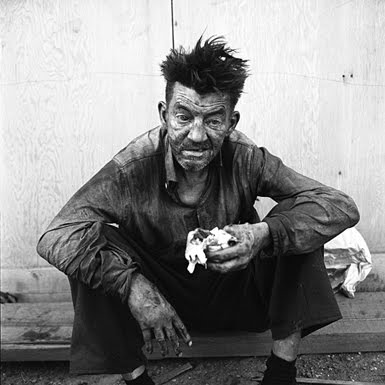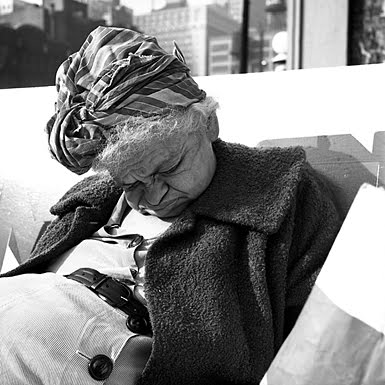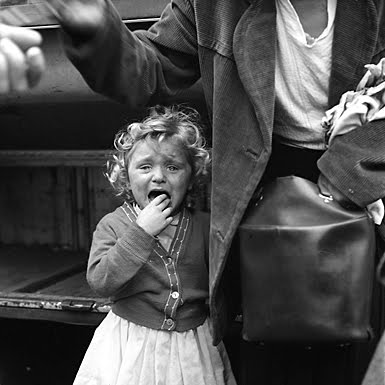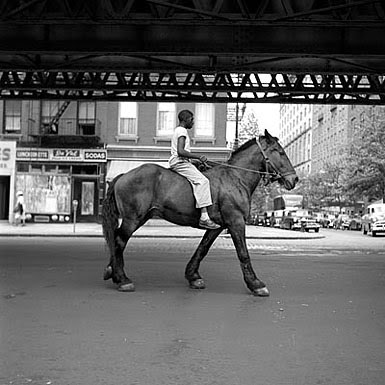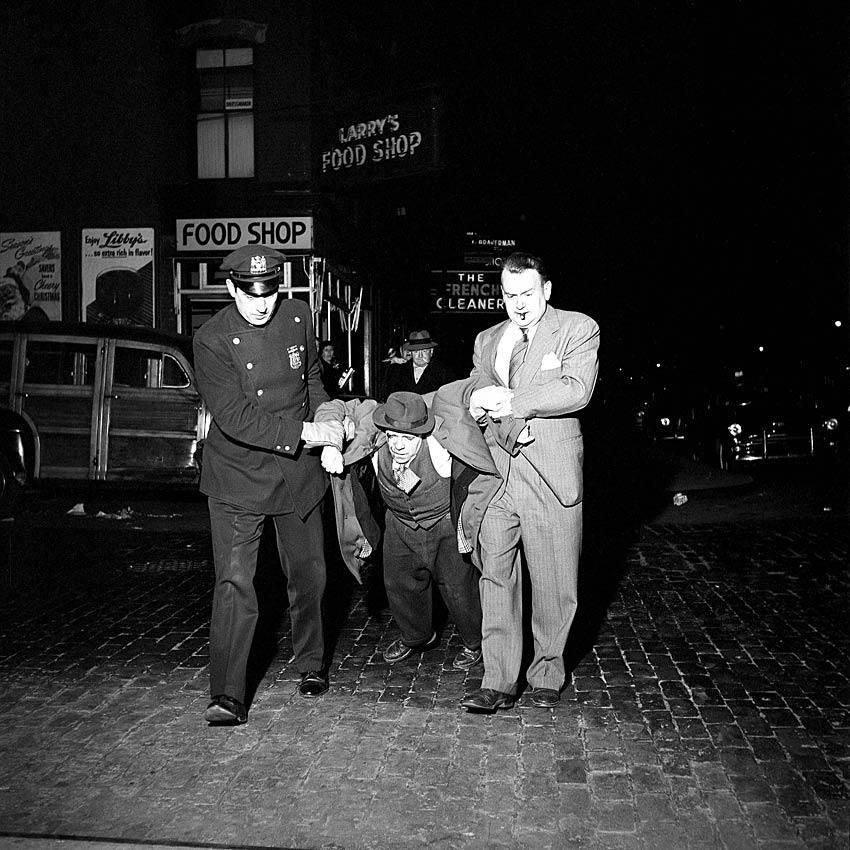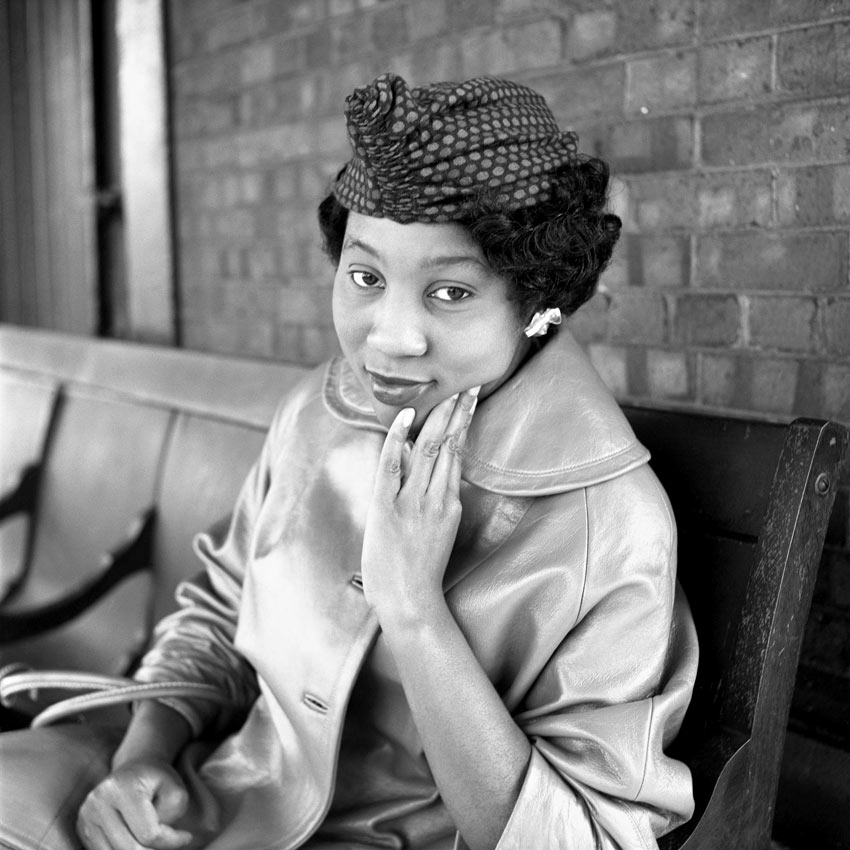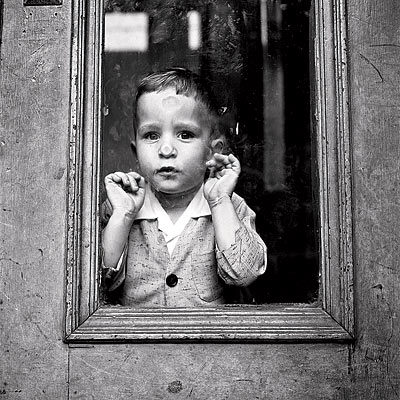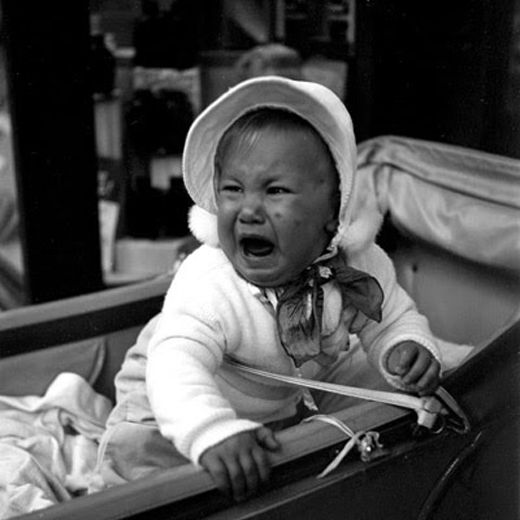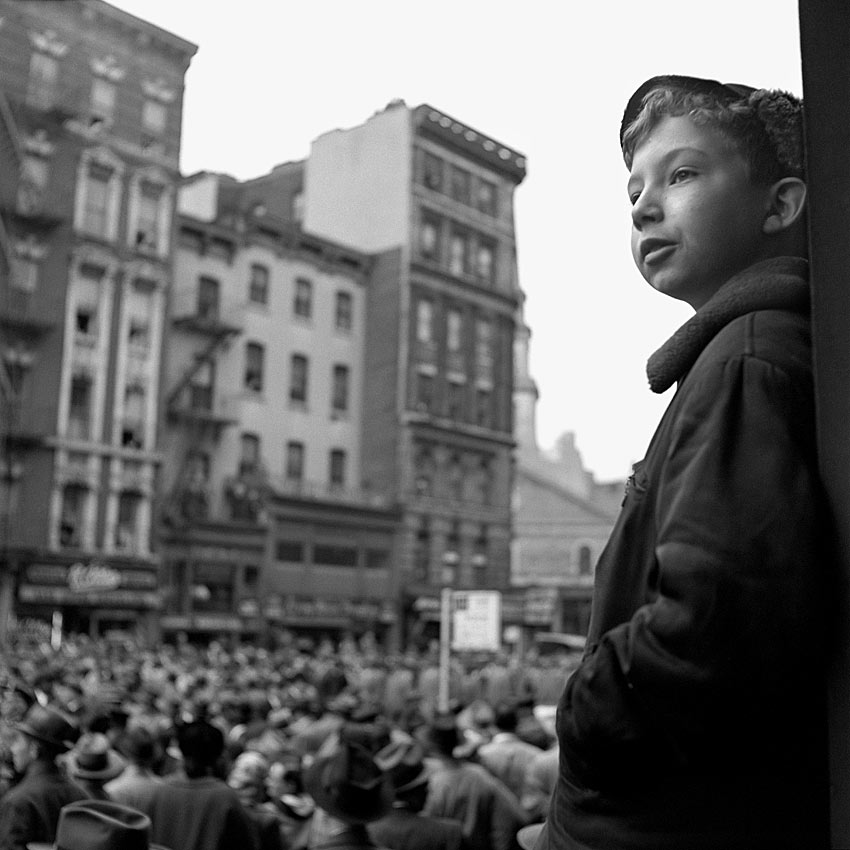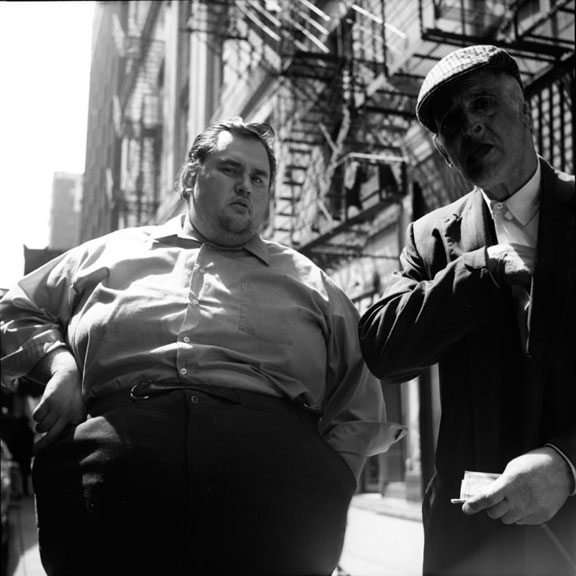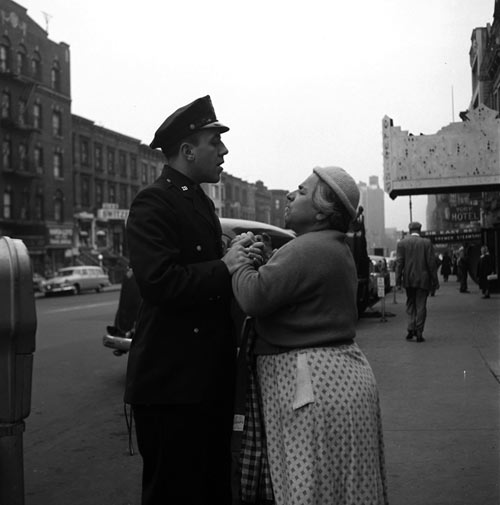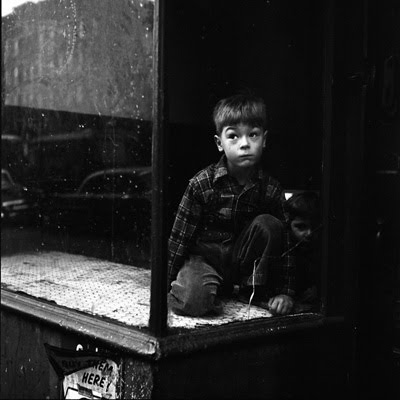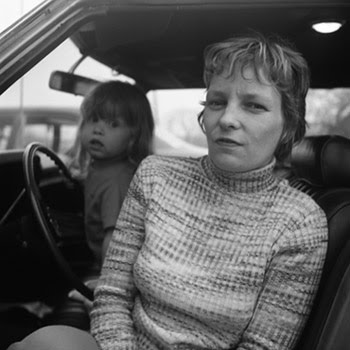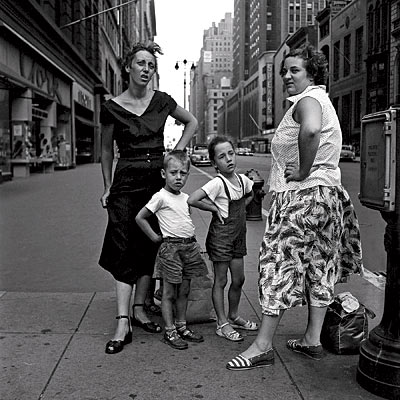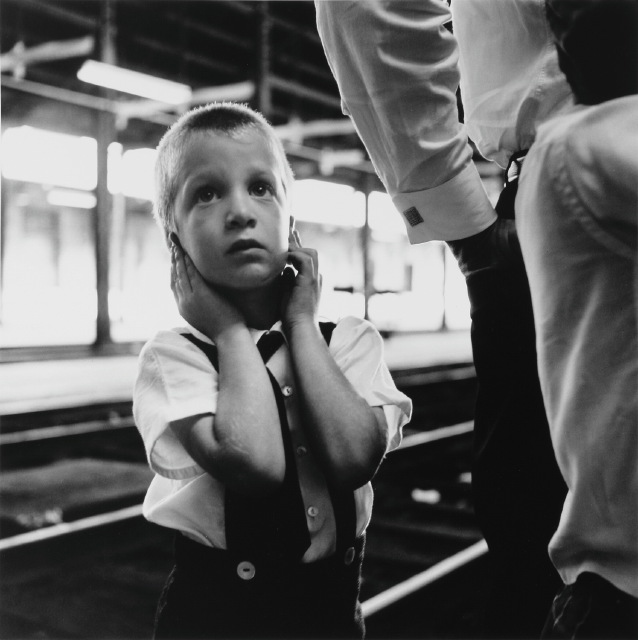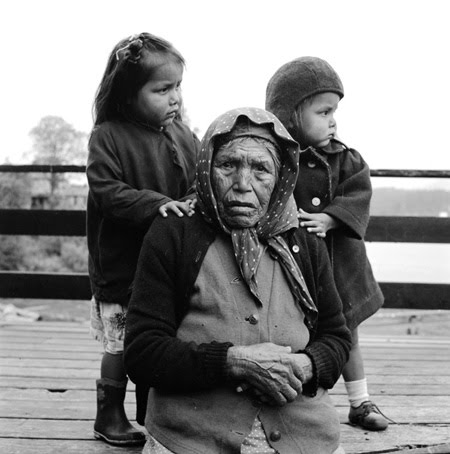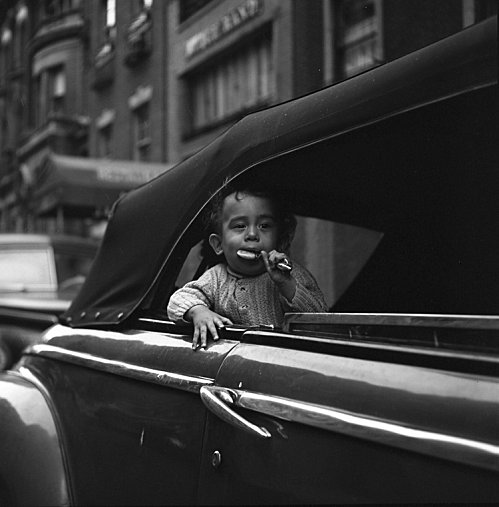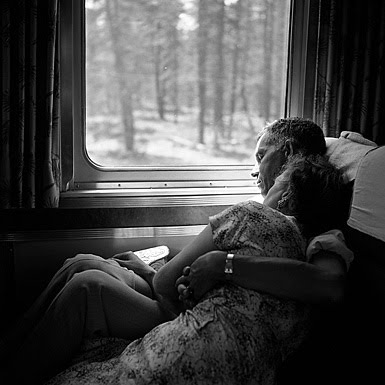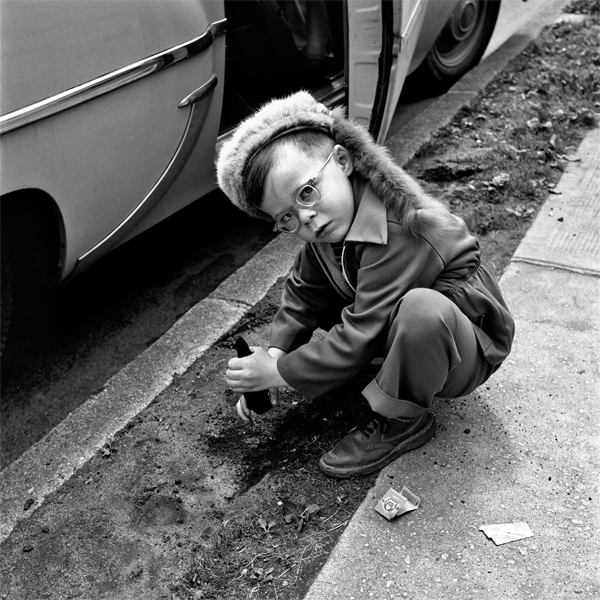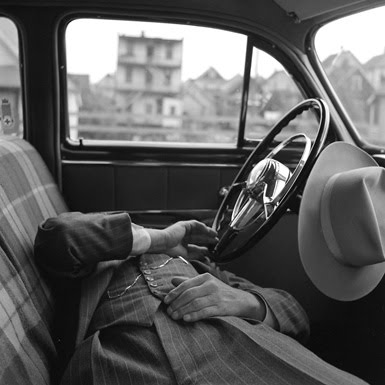<Back to Index>
- Photographer Vivian Dorothea Maier, 1926
PAGE SPONSOR
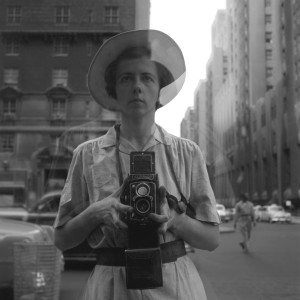
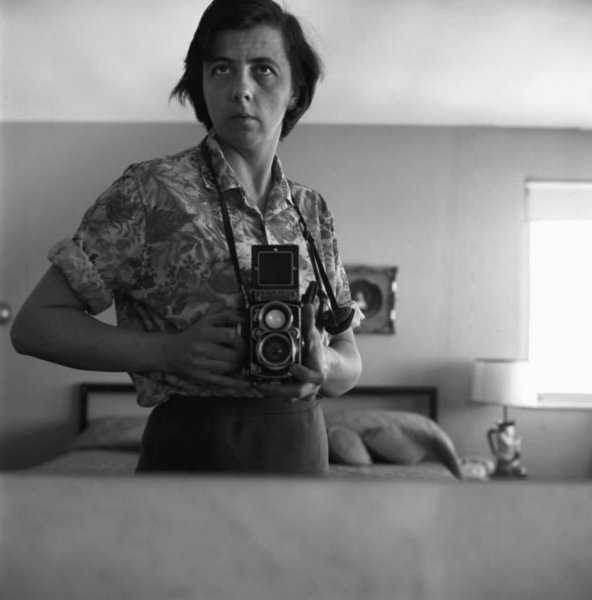
Vivian Dorothea Maier (February 1, 1926 - April 21, 2009) was an American amateur street photographer, who was born in New York City but grew up in France, and after returning to the US, worked for about forty years as a nanny in Chicago. During those years she took about 100,000 photographs, primarily of people and cityscapes most often in Chicago, although she traveled and photographed worldwide.
Her photographs remained unknown and mostly undeveloped and unprinted until they were discovered by a local Chicago historian and collector, John Maloof, in 2007. Following Maier's death, her work began to receive critical acclaim. Her photographs have been exhibited in the US, England, Germany, Denmark and Norway, and have appeared in newspapers and magazines in the US, England, Germany, Italy, France and other countries. A book of her photography titled Vivian Maier: Street Photographer was published in 2011.
Many of the details of Maier's life are still being uncovered. Initial impressions about her life indicated that she was born in France, but further searching revealed that she was born in New York, the daughter of Maria Jaussaud and Charles Maier, French and Austrian respectively. Vivian moved between the U.S. and France several times during her childhood, although where in France she lived is unknown. Her father seems to have left the family for unknown reasons by 1930. In the census that year, the head of the household was listed as award-winning portrait photographer Jeanne Bertrand, who knew the founder of the Whitney Museum of American Art.
In 1951, at 25, Maier moved from France to New York, where she worked for some time in a sweatshop. She made her way to the Chicago area's North Shore in 1956 and became a nanny on and off for about 40 years, staying with one family for 14 of them. She was, in the accounts of the families for whom she worked, very private, spending her days off walking the streets of Chicago and taking photographs, most often with a Rolleiflex camera.
John Maloof, curator of Maier's collection of photographs, summarizes the way the children she nannied would later describe her:
She was a Socialist, a Feminist, a movie critic, and a tell - it - like - it - is type of person. She learned English by going to theaters, which she loved. She wore a men's jacket, men's shoes and a large hat most of the time. She was constantly taking pictures, which she didn't show anyone.
Between 1959 and 1960, Maier traveled to and photographed in Los Angeles, Manila, Bangkok, Beijing, Egypt, Italy and the American Southwest. The trip was probably financed by the sale of a family farm in Alsace. For a brief period in the 1970s, Maier worked as a nanny for Phil Donahue's children. As she got older, she collected more boxes of belongings, taking them with her to each new post. At one employer's house, she stored 200 boxes of materials. Most were photographs or negatives, but Maier collected other objects, such as newspapers, and sometimes recorded audiotapes of conversations she had with people she photographed.
Toward the end of her life, Maier may have been homeless for some time. She lived on Social Security and may have had another source of income, but the children she had taken care of in the early 1950s bought her an apartment in the Rogers Park area of Chicago and paid her bills. In 2008, she slipped on ice and hit her head. She did not fully recover and died in 2009, at 83.
Maier's images predominantly depict street scenes in Chicago and New York, in the 1950s and 1960s. An article in The Independent characterizes her photographs thus:
The well - to - do shoppers of Chicago stroll and gossip in all their department - store finery before Maier, but the most arresting subjects are those people on the margins of successful, rich America in the 1950s and 1960s: the kids, the black maids, the bums flaked out on shop stoops.
Maier's photographic legacy, in the form of some 100,000 negatives – much still undeveloped – was discovered by 26 year old real estate agent John Maloof, also president of the Jefferson Park Historical Society in Chicago. While working on a book about the Chicago neighborhood of Portage Park, Maloof bought 30,000 prints and negatives from an auction house that had acquired the photographs from a storage locker that had been sold off when Maier was no longer able to pay her fees. After buying the first collection of Maier photographs in 2007, Maloof acquired more from another buyer at the same auction. Maloof, who runs the Maloof Collection, owns 100,000 to 150,000 negatives, over 3,000 vintage prints, hundreds of rolls of film, home movies, audio tape interviews, original cameras of Maier, documents and other items, representing roughly 90 percent of Maier's work. Maloof soon discovered Maier's name, but was unable to find out more about her until just after her death, when he found an obituary notice in the Chicago Tribune. Her work was first published on the internet in July 2008 by Ron Slattery, who had also bought some of her work at the auction.
In the spring of 2010, Chicago art collector Jeffrey Goldstein acquired a portion of the Maier collection from one of the original buyers. Since Goldstein's original purchase, his collection has grown to include 15,000 negatives, 1,000 prints, 30 homemade movies, and numerous slides. His collection is known as "Vivian Maier Prints Inc." In 2009, Maloof started to post some of Maier's photographs on a blog, and later he announced his intention to publish a book of Maier's photographs. The book Vivian Maier: Street Photographer was published in November 2011, and a feature - length documentary film about Maier and Maloof's discovery of her work, titled Finding Vivian Maier, was scheduled for release in 2012.
Maier's photographs, and the way they were discovered, received international attention in mainstream media.
